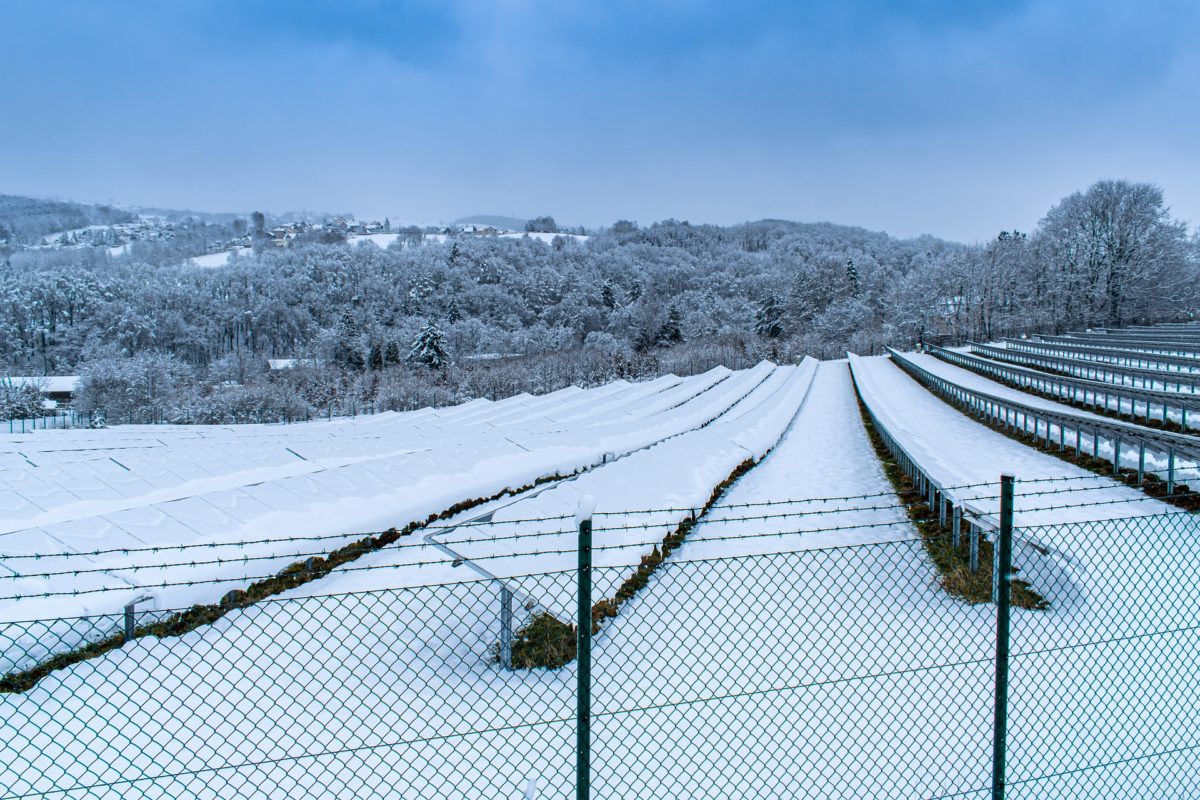A research group in China has developed a meteorological and forecasting model to assess climate impacts from utility-scale PV plants.
“The proposed model is unique based on its analytical expression of land-surface processes and the coupling of this expression with a mesoscale meteorological model,” the scientists said, noting that the new model can simulate the near-surface climate of utility-scale PV plants.
The new tool features a PV-associated energy balance model integrated with a Weather Research and Forecasting (WRF) model. The latter is a mesoscale numerical weather prediction system that serves both forecasting and atmospheric research needs. It is suitable for a broad range of applications across scales ranging from meters to thousands of kilometers, including weather forecast research, air quality and wind energy evaluation, as well as hydrological research studies.
The model is based on the surface energy balance principle, which determines the amount of energy flux available to evaporate surface water and to raise or lower the temperature of the surface. According to the scientists, relying on this principle represents the first attempt to parameterize the soil/latent heat and non-constant or observation-constrained critical parameters in solar plants.
The researchers tested the model at a 70 MW utility-scale PV plant located in Wujiaqu, in China's Xinjiang region, with the testing period running from July to October 2020. They found that the shielding effect of the solar modules reduces the surface soil temperature while increasing the heat of the surrounding atmosphere and the temperature gradient between the atmosphere and the land surface.
They also determined that the downward soil heat flux in the PV plant grows by approximately 34.0 % during the daytime.
Popular content
“At night, the PV panels cool and absorb heat rapidly from the near-surface atmosphere, so the decreased surface temperature steepens the temperature gradient between the deep soil and the surface, resulting in a small increase in the upward soil heat flux of approximately 7.0%,” they said.
During the cold season, the daily mean soil heat flux in the PV plant declines by approximately 22.0 %.
“The physical shading of the PV panels lowers the land surface temperature in the PV plant, and the cooling range varies with diurnal and seasonal variations. Generally, the cooling during the daytime/summer is stronger than that during the night/winter,” the scientists said.
They introduced the model in “A coupled WRF-PV mesoscale model simulating the near-surface climate of utility-scale photovoltaic plants,” which was recently published in Solar Energy. The research team comprises academics from the National Climate Centre of China Meteorological Administration (CMA), Tsinghua University and the Chinese Academy of Sciences.
“This coupled WRF-PV model not only better reproduces the variations in the max/mean daily surface temperature, downward shortwave radiation, and wind speed observed from two utility-scale PV plants, but also improves the simulation ability of sensible heat flux and latent heat flux over PV plant areas,” they said.
This content is protected by copyright and may not be reused. If you want to cooperate with us and would like to reuse some of our content, please contact: editors@pv-magazine.com.



2 comments
By submitting this form you agree to pv magazine using your data for the purposes of publishing your comment.
Your personal data will only be disclosed or otherwise transmitted to third parties for the purposes of spam filtering or if this is necessary for technical maintenance of the website. Any other transfer to third parties will not take place unless this is justified on the basis of applicable data protection regulations or if pv magazine is legally obliged to do so.
You may revoke this consent at any time with effect for the future, in which case your personal data will be deleted immediately. Otherwise, your data will be deleted if pv magazine has processed your request or the purpose of data storage is fulfilled.
Further information on data privacy can be found in our Data Protection Policy.